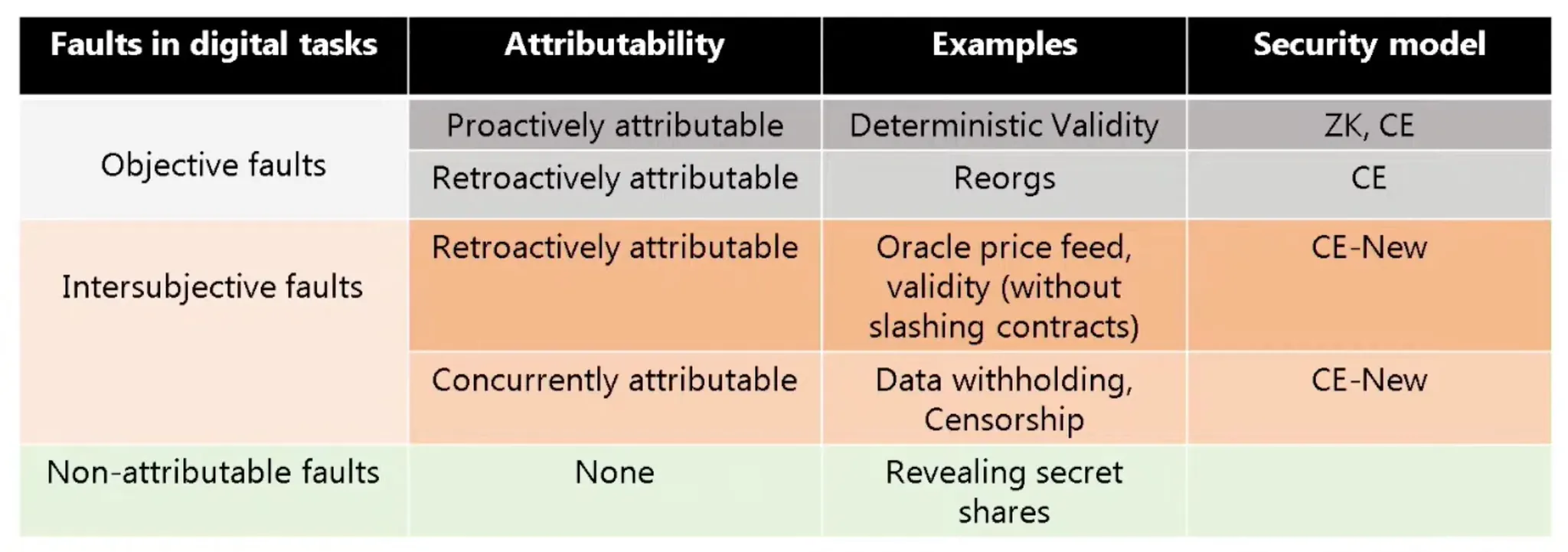FAQs
- How easy is it to build a Network using Catalysis?
Building a Network using Catalysis is fast and seamless. With Catalyst-SDK, you can have your Network up and running in just a few days, saving 80% of time and resources compared to building from scratch.
- How does Catalysis make Networks more resilient?
Catalysis ensures resilience by distributing your Network’s security across multiple shared security protocols (SSPs). This minimizes the impact of any single protocol failure.
Example: If your Network is secured by EigenLayer, Symbiotic, Kernel, and SatLayer, and Kernel faces a security breach or a major liquidity migration, your Network remains secure because it still has economic backing from EigenLayer, Symbiotic and SatLayer.
- How does Catalysis compare to other shared security protocols (SSPs)?
Catalysis is NOT a shared security protocol - it is a Security Abstraction Layer that connects major SSPs like EigenLayer, Symbiotic and Satlayer.
With Catalysis, Networks can seamlessly integrate with multiple SSPs instead of being tied to just one. This results in:
- Greater flexibility → Choose where to source security dynamically.
- Higher resilience → Avoid dependency on a single SSP.
- Optimized security costs → Compete for the best economic security pricing.
- Isn't ZK verifiability enough for my Network?
No, ZK verification is not enough as it cannot solve for all kinds of faults. ZK is a valid security model only under the assumption of objective faults that are proactively attributable.
However, not all security risks fall into this category.
